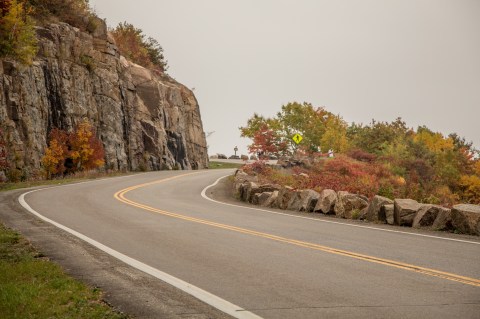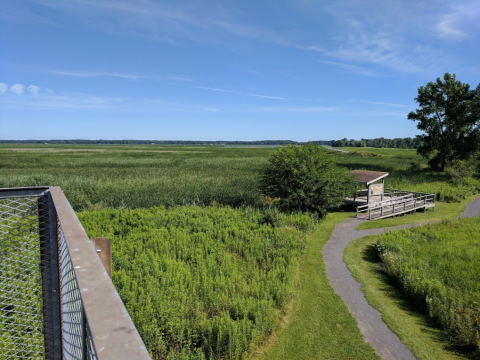Public Health Warnings Have Been Issued For These New York Lakes
New York’s summertime heat may compel us to go searching for the nearest body of water to cool off in, but this year there are some lakes and beaches that you’ll want to avoid. A cause for concern that sadly isn’t new to New Yorkers, according to the latest information posted by the DEC – there are quite a few lakes that have been confirmed for having toxins and harmful compounds that are referred to as HABs. Interested in arming yourself with this useful information? Then let’s keep scrolling to take a look at exactly what we’re dealing with.
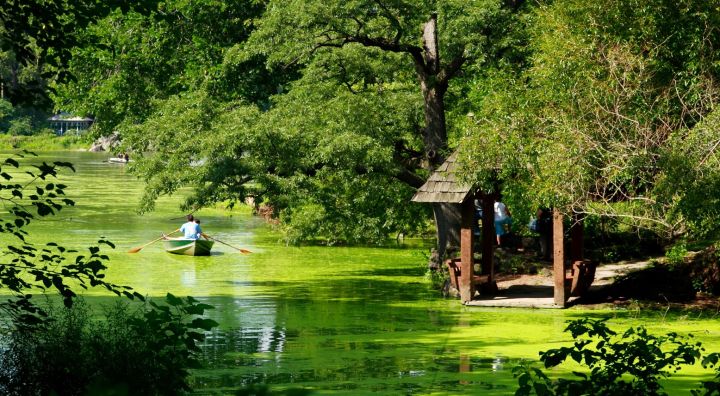
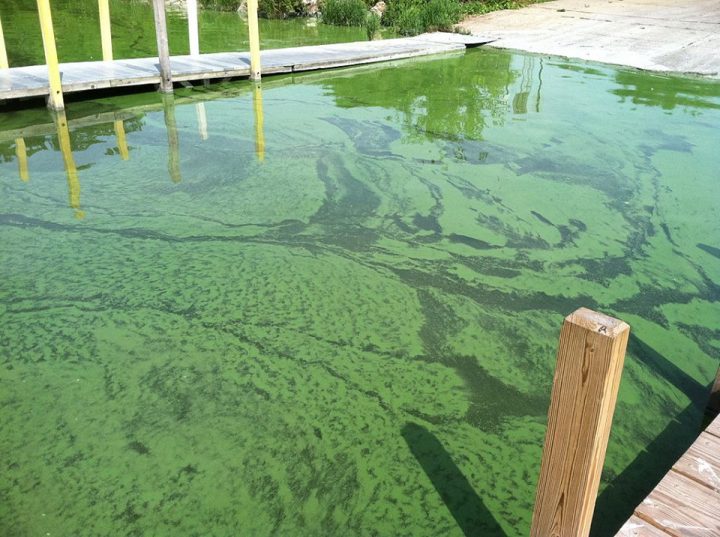
For the remaining 17 lakes that are listed with the "Suspicious Bloom" status, this means that the DEC staff has determined the conditions fall within the description for HAB, but it is still unknown if toxins or other harmful compounds are in the water. This also means that these lakes could contain cyanobacteria that could still be an irritant to some people, even if toxins aren’t present in the water.
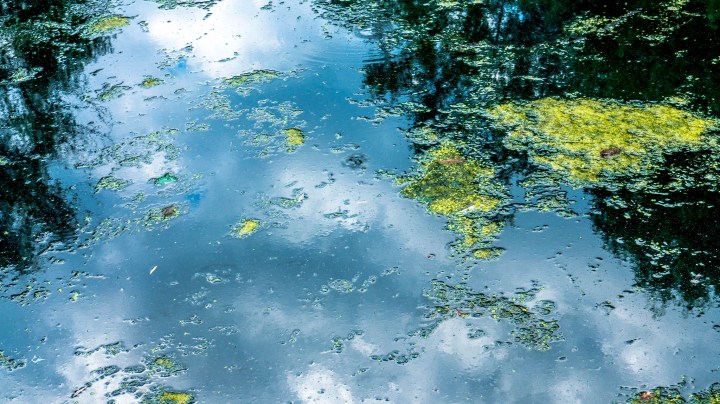
With that said, here are the 6 lakes that you need to currently avoid:
Central Park Lake (New York County) - Widespread / Lakewide as of 8/6/18
Java Lake (Wyoming County) - Large Localized as of 8/7/18
Lake Ronkonkoma (Suffolk County) - Large Localized as of 7/31/18
Prospect Park Lake (Kings County) - Widespread / Lakewide as of 8/6/18
Sucker Brook (Cayuga County) - Small Localized as of 8/6/18
Skaneateles Lake (Onondaga County) - Small Localized as of 8/4/18
*Note: Skaneateles Lake is currently on this list due to the fact that Lourdes Camp was recently shut down. The listing refers to the specific area contained on the shoreline of the camp’s 1,500-foot lakefront, where blue-green algae blooms have been found, making the camp’s water supply unsafe to drink and swim in.
Lakes with their bloom extent listed as being Widespread / Lakewide have blooms that are affecting their entire bodies of water, a large portion of the lake, or most to all of the shoreline. Small Localized statuses mean that the bloom affects only a small area of the lake, and Large Localized statuses mean that the bloom is currently affecting large areas of the shoreline, a specific region of the water, or many properties within an entire cove.
If you believe you’ve come across a HAB in a body of water or yourself, family, friends, or pets have come in contact with a bloom – report the bloom to the DEC. People can fill out and submit a Suspicious Algal Bloom Report, and also send digital photos of suspected blooms to HABsInfo@dec.ny.gov.
OnlyInYourState may earn compensation through affiliate links in this article. As an Amazon Associate, we earn from qualifying purchases.


